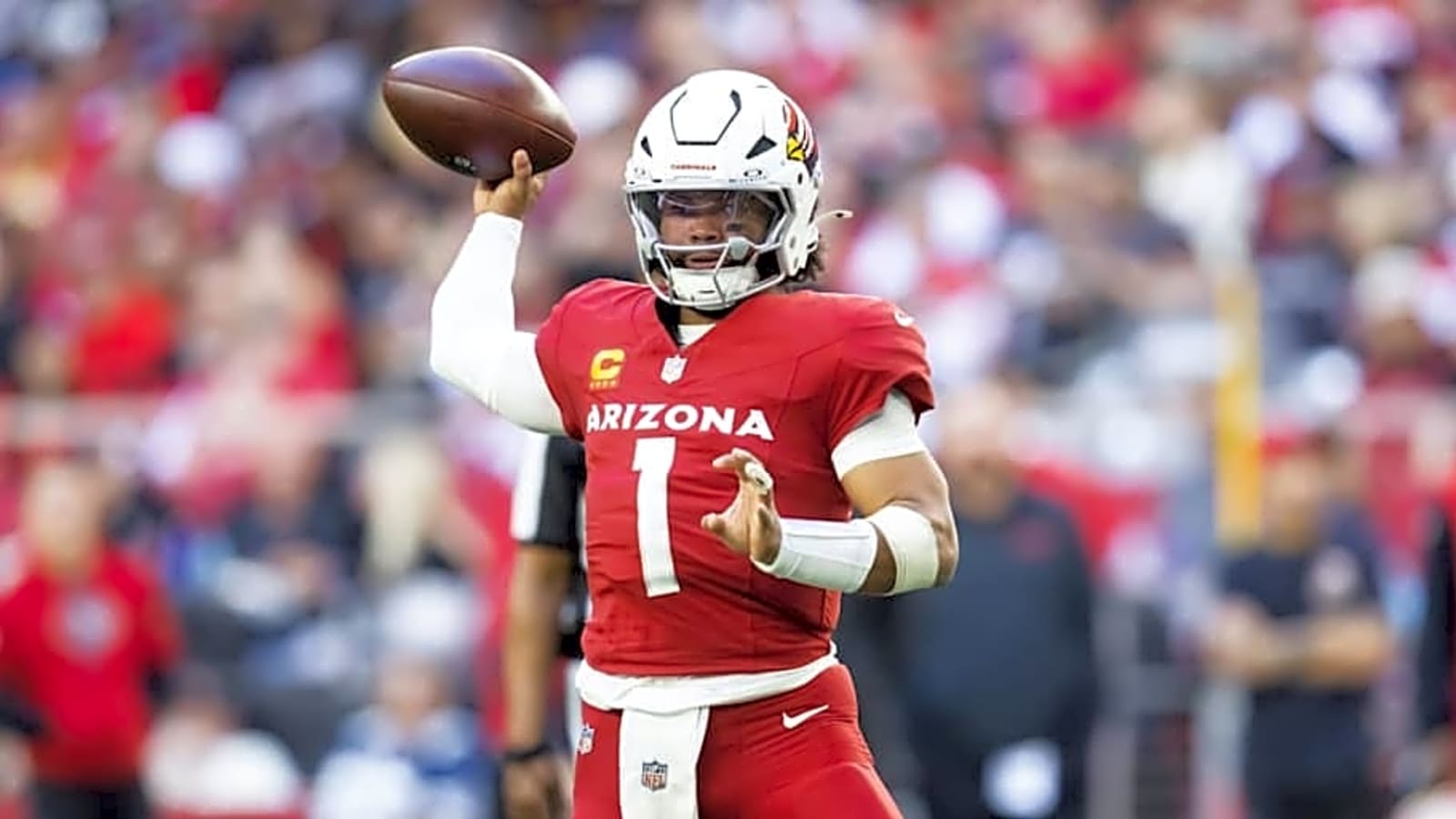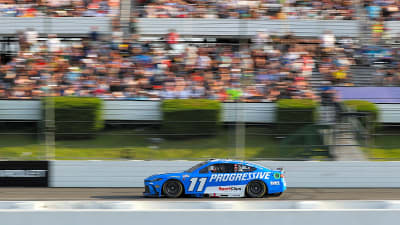
The Arizona Cardinals are entering a pivotal year.
No more will the term "rebuild" be thrown around as an excuse for poor results. No longer will a third- or fourth-place finish in an admittedly tough NFC West be enough to keep fans satisfied. But are the Cardinals truly ready to contend in 2025?
The ultimate answer is a simple one: they should be.
Taking a look at the actual offensive and defensive production levels in 2024, it's easy to understand on the surface level why Arizona fell short a season ago, going 8-9 and missing the playoffs by a relatively (but not extremely) thin margin.
Arizona ranked 21st in overall defense this past season, allowing 342.5 yards per game, and gave up 40 touchdowns to opposing offenses, or just over two per game. They did, however, lock down a three-game streak where they allowed zero touchdowns at home in the middle of the season.
Through the air, Arizona's defense gave up 216.1 yards per game, an above-average 14th-best number. That, however, is a bit skewed by the fact that opponents could rack up rushing yardage, giving up 126.4 yards per game, a 12th-worst figure.
In overall scoring defense, they were nearly dead center, giving up a 15th-best 22.3 points per game.
And it was the defense that got the biggest boost in both free agency and the draft. GM Monti Ossenfort brought in a trio of free agent DL, signing Josh Sweat, Dalvin Tomlinson and Calais Campbell to provide both pass-rushing and run-stuffing help.
In the draft, Ossenfort added another stud DL in Walter Nolen III, the best CB prospect in the draft in Will Johnson, and a pair of potential starting-quality players in edge rusher Jordan Burch and LB Cody Simon.
That, plus all the added depth, heading into Nick Rallis' third (and perhaps final) season as a standout defensive coordinator, and the Cardinals could see significant improvement.
The point to rememebris this: we already know their scheme works. Rallis was able to engineer pressure and keep teams from scoring despite boasting one of the least talent-ridden units in football along the defensive front.
They bent, but they didn't break, allowing touchdowns on only 52.6% of their opponents' Red Zone trips. That was tied for ninth-best in the NFL, despite the poor overall defensive numbers and a significant lack of talent.
With the added downpour of talent, it's extremely reasonable to expect this defense to turn into a strength. There are no guarantees in the NFL, but barring significant injury, Arizona's more-consistent unit got nearly immeasurably stronger, while also returning a coordinator and head coach that worked wonders with very little.
But on the offensive side of the ball, some things will need to change, and fast.
Arizona ran the ball well, ranking 7th in the NFL rushing yards per game with 144.2. That can be attributed mostly to star RB James Conner and his 4.6 yards per carry, but also to QB Kyler Murray's 572 rushing yards and 7.3 yards per attempt.
Offensive coordinator Drew Petzing's rushing philosophy works — well. He has the talent and consistency at both RB and OL to get it done, and his scheme is clearly proficient, if not one of the better in the league.
But that proficiency thins out significantly on the passing side. Arizona managed just 214.1 yards per game — dropping them all the way to 18th in the NFL. That alone tanks their total offense to 11th with 358.2 yards per game. Their red zone offense ranked 17th, finding the end zone on just 56.1% of opportunities.
Arizona did not add to their offense, other than some minor free agent deals and a sixth-round guard. Their improvement will be entirely dependent on Murray, Harrison and Petzing to play up to the potential they have, but there is also very little depth beyond the Cardinals' top two pass catchers in Harrison and TE Trey McBride.
Analysis
Looking at the NFL playoffs in an extremely rudimentary (and admittedly flawed) light, the Cardinals will need to be one of the NFL's above-average teams to be in true playoff contention (duh, right?).
Granted, with the way divisions shake out, below-average teams make the playoffs frequently. But on paper, there are 14 NFL playoff berths, so the Cardinals would need to rank 14th or best in offense and defense to be in a reasonable position to vy for a postseason slot.
Defensively, the ceiling is much higher. The Cardinals were already right on the cusp of the #14 mark in scoring defense, but will likely need to limit the run game and get to the QB to re-manifest a similar or better position.
With all the defensive talent, it seems reasonable and almost overwhelmingly likely Arizona can rank near or inside the top 10 of overall defensive units (again, barring injury).
Offensively, they'll need to make up some ground through the air. A top-10 defense could outweigh Arizona's offense landing a few spots below 14th-best, but only if said defense remains incredibly consistent throughout their 14 games.
At the end of the day, the Cardinals didn't feel the need to overhaul a struggling offense. That suggests the issues were more-so tied to a combination of issues: development of young players like Harrison, inconsistency by Murray, and some poor coordination by Petzing.
The Cardinals absolutely have what it takes to contend in 2025. They should be in that playoff contention region early and for the duration of the season, but there's no guarantee either side of the football plays up to the level it needs to, especially in a division that will never come easy.
But ultimately, Arizona should be one of the 14 best teams in football. On paper, their numbers should be enough to earn themselves a playoff spot.
The question is simply execution and consistency. Year three of Ossenfort and Gannon will be a huge one, and there's little room for failure left.
More must-reads:
- A pessimist's guide to the 2025 Miami Dolphins
- Panthers RB Chuba Hubbard has bold goal after receiving contract extension
- The '2023 MLB home run leaders' quiz
Breaking News
Trending News
Customize Your Newsletter
 +
+
Get the latest news and rumors, customized to your favorite sports and teams. Emailed daily. Always free!








